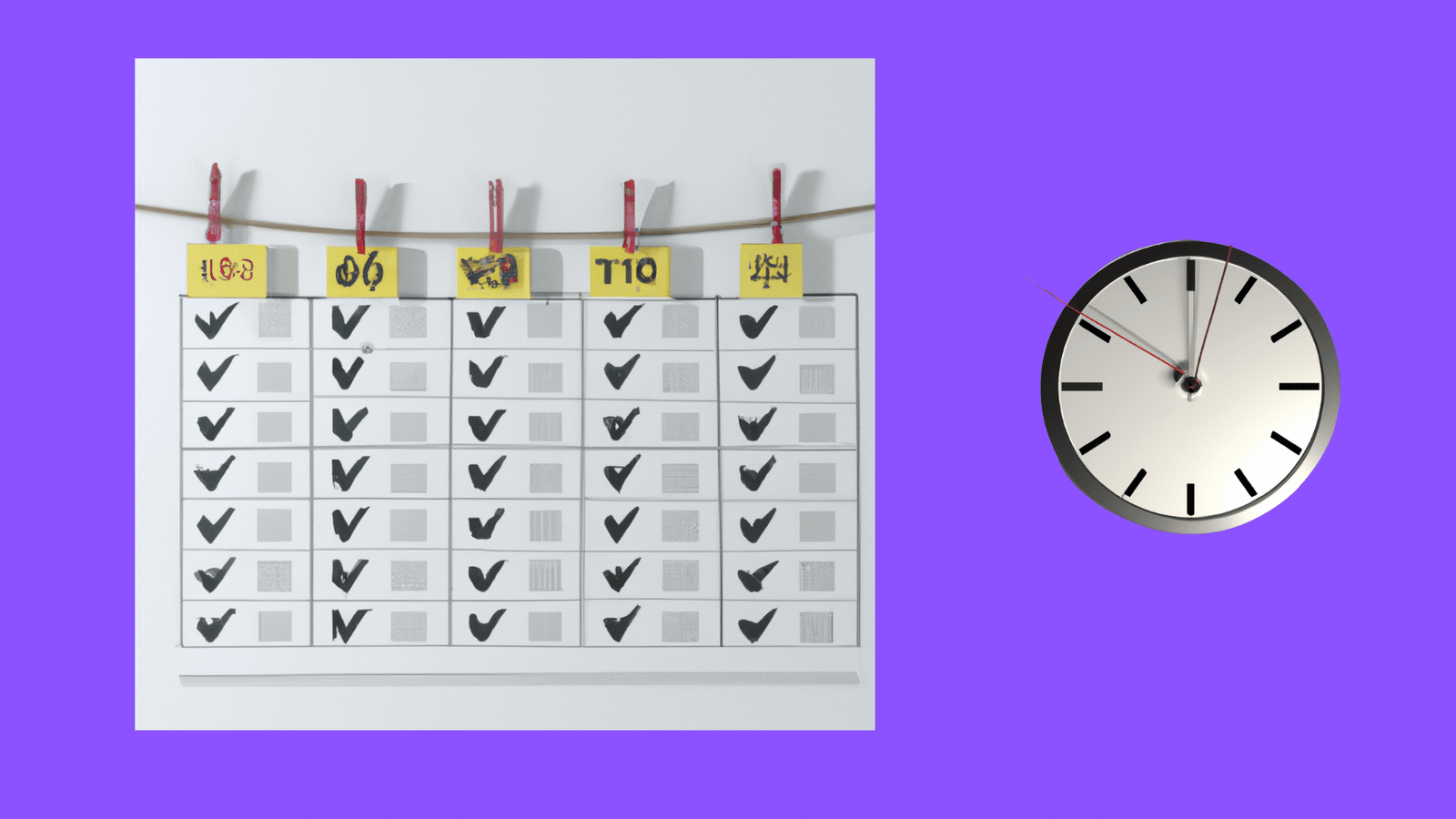What is Guilt Tripping?
Guilt tripping is a psychological tactic used to manipulate an individual’s emotions, particularly by inducing feelings of guilt as a means to influence their behavior or decisions. This form of emotional manipulation often occurs within various types of relationships, including familial, platonic, and romantic ones. For instance, a parent may use guilt to persuade a child to visit more often by stating, “I miss you so much; it breaks my heart when you don’t come home.” In this scenario, the parent employs guilt as a means to encourage the child to prioritize their visits over other obligations.
In friendships, guilt tripping may manifest in subtler ways. A friend might express disappointment if you cannot attend a gathering, implying that your absence would adversely impact their enjoyment. Such tactics can create an internal conflict, where the friend makes you feel responsible for their emotional state, leading to compliance to avoid discomfort. Furthermore, in romantic partnerships, guilt tripping can become more complex. A partner might hint at sacrifices they have made, stating, “After everything I’ve done for you, it hurts when you disregard my wishes.” Here, the partner seeks to leverage guilt to alter behavior in their favor.
Recognizing guilt tripping is essential for maintaining emotional well-being. Individuals subjected to such manipulations may feel trapped in cycles of obligation and resentment. Understanding that guilt tripping is a deliberate strategy allows victims to reclaim agency over their responses. Quality relationships thrive on healthy communication and mutual respect rather than emotional coercion. By identifying and addressing guilt tripping behavior, individuals can foster more genuine interactions, free from undue emotional burdens.
Common Signs of Guilt Tripping
Guilt tripping is a manipulative tactic often used to evoke feelings of obligation or remorse in others. Recognizing the signs of guilt tripping is essential to protect oneself from its emotional effects. One primary indicator is the use of phrases that imply blame or responsibility. For instance, someone may say, “I guess you don’t care about me anymore,” or “If you really loved me, you would…” These statements seek to elicit feelings of guilt and compel the listener to conform to the guilt tripper’s demands.
Another common sign is the use of emotional outbursts or the silent treatment. A guilt tripper may react dramatically to situations, expressing disappointment or sadness that resonates with their intended target. This behavior can create a sense of obligation, causing the victim to feel responsible for the guilt tripper’s emotional state. Victims might then experience anxiety, frustration, or self-doubt as they navigate their responses to such behavior.
Furthermore, guilt trippers may exploit shared memories or past sacrifices as a way to reinforce feelings of indebtedness. For instance, they might say, “Remember how much I did for you back then?” Such statements can create a powerful emotional response, often leaving the victim questioning their worth or loyalty. The cycle of guilt reinforcement may lead to a diminished self-esteem, as victims may start to internalize the guilt tripping, believing they owe something to the guilt tripper.
It is also imperative to pay attention to one’s emotional reactions when interacting with certain individuals. If you often find yourself feeling anxious or frustrated after such encounters, it might be a sign that you are being manipulated through guilt. Acknowledging these signs can help in understanding the dynamics of the relationship and establishing healthier boundaries.
Examples of Guilt Tripping in Everyday Life
Guilt tripping is a subtle yet powerful tool often employed in personal relationships, manifesting in various forms that can damage emotional well-being. One common scenario occurs between parents and children. For instance, consider a scenario where an elderly parent expresses their sorrow about their child not visiting enough. They might say, “I just miss you so much; it feels like you don’t care about me.” This statement is designed to invoke feelings of guilt in the child, compelling them to prioritize visits over their own schedule, even if they are unable to do so. Such situations can lead to tension and resentment, as the child may feel burdened by the expectation of constant emotional availability.
Another example can be seen in friendships. Imagine a friend who becomes visibly upset when another friend declines an invitation to a social gathering. They might say, “I thought we were close; it’s really disappointing that you won’t make it.” Here, the friend is using emotional manipulation to evoke feelings of guilt, often influencing the other’s decision. Rather than understanding the legitimate reasons for declining, the focus shifts to the guilt induced by the friend’s reaction, creating an imbalance in the relationship.
In romantic partnerships, guilt tripping can also surface in toxic ways. For instance, a partner might blame their significant other for an incident that caused them to feel upset, saying, “If you hadn’t done that, I wouldn’t be this sad.” Such phrasing places the burden of the emotional fallout solely on one partner, inducing guilt rather than fostering healthy communication. This dynamic can become cyclical, leading to ongoing manipulation and emotional distress.
Recognizing these scenarios in daily life is crucial for understanding the implications of guilt tripping. Whether in familial, platonic, or romantic relationships, awareness of these examples may aid individuals in navigating their feelings and responses effectively.
Psychological Impact of Guilt Tripping
The act of guilt tripping involves inducing feelings of guilt in another person, often to manipulate their behavior or decisions. This psychological tactic can have significant ramifications on an individual’s mental health, leading to diminished self-esteem and heightened anxiety. People who are repeatedly subjected to guilt tripping may start to internalize these negative feelings, resulting in a distorted self-image. When someone feels as though they are constantly responsible for the emotions or actions of others, their own needs and desires may become secondary. Over time, this imbalance can erode self-worth and foster a pervasive sense of inadequacy.
Furthermore, the increased anxiety associated with guilt tripping can manifest in various ways. Individuals may experience chronic worry over disappointing others, leading to stress and overwhelming feelings of obligation. Such anxiety may deter individuals from asserting their own boundaries or pursuing their own interests, further contributing to a sense of entrapment within unhealthy relational dynamics. The fear of causing disappointment or conflict can create a cycle of compliance that reinforces the manipulative behavior of the guilt tripper.
The long-term emotional distress resulting from these interactions can be profound. Prolonged exposure to guilt tripping can lead to the development of mental health issues, such as depression or even social anxiety disorder. Individuals may find themselves feeling constantly on edge, unable to escape the internalized pressure to please others at the expense of their own well-being. Ultimately, the repercussions of guilt tripping extend beyond immediate feelings of guilt; they deeply affect the individual’s ability to engage in healthy, reciprocal relationships. Recognizing these effects is crucial for those affected, as it can prompt them to seek healthier communication strategies and support systems.
Why Do People Guilt Trip Others?
Guilt tripping is a complex interpersonal behavior that may stem from various underlying motives. Individuals who utilize this tactic often do so due to their own insecurities or unresolved emotional issues. When a person feels threatened regarding their worth or performance, they might resort to inducing guilt in those around them as a means of gaining emotional support or affirmation. This reflects a lack of self-assurance and can manifest as a desperate attempt to maintain relationships through manipulation.
Another significant reason behind guilt tripping is the desire for control. Some individuals may use guilt as a tool to exert influence over others, thereby ensuring compliance with their wishes or demands. This power dynamic can create an unhealthy relationship where one party feels obligated to acquiesce out of a sense of guilt. It is important to understand that such behavior often arises from a distorted view of relationships, wherein the individual believes their needs must be met at the cost of another’s autonomy.
Additionally, individuals who have been raised in environments where guilt was frequently employed as a method for compliance often carry these learned behaviors into adulthood. In such cases, they may not even be conscious of their actions being inappropriate or harmful. Their upbringing may have conditioned them to believe that guilt is a legitimate emotional tool, leading them to replicate this unhealthy dynamic in their own relationships. Consequently, the cycle of guilt tripping continues, perpetuating feelings of resentment and misunderstanding.
Understanding the motivations behind guilt tripping can help individuals recognize unhealthy patterns in their own lives and the lives of others. Identifying these behaviors is crucial in preventing further emotional harm and fostering healthier relationships based on respect and open communication.
How to Recognize When You Are Being Guilt Tripped
Recognizing when you are being guilt-tripped requires a combination of self-awareness, emotional honesty, and contextual understanding. A typical first step in this process is to reflect on your emotional responses during interactions with others. Take note of any feelings of undue responsibility or anxiety that arise after conversations. These feelings may signal that someone is attempting to manipulate you by provoking guilt.
Another effective strategy is to examine the intentions behind the other person’s comments or actions. For instance, if someone frequently emphasizes how their feelings depend on your actions, it may guide you to discern whether such comments are genuinely rooted in concern or are designed to elicit guilt. Consider whether the conversation is focused on mutual understanding or if it implicitly demands that you prioritize someone else’s emotions over your own well-being.
Additionally, context plays a critical role in recognizing guilt-tripping. Reflect upon past interactions with the individual—do they often use guilt as a way to persuade or control? Think about the consistency of their behavior. If this pattern emerges repeatedly, it likely indicates a manipulation tactic aimed at making you feel responsible for their emotional state.
Self-reflection exercises can be particularly beneficial. Journaling about your interactions can help you clarify your feelings and motives and assist you in recognizing manipulation tactics. Note occurrences where you felt pressured to meet others’ expectations at the cost of your own peace of mind. Creating a list of your values can also empower you to assess whether the behavior of others aligns with or contradicts those beliefs. By employing these self-reflective strategies, you can clarify your emotional landscape and better recognize the nuances of guilt-tripping when they appear in your relationships.
Strategies to Escape Guilt Tripping
Guilt tripping is a manipulative tactic that can affect personal relationships and overall mental health. To effectively escape this damaging cycle, individuals can employ a range of practical strategies. One of the most essential methods is to establish clear boundaries. These boundaries are crucial in defining what behaviors are acceptable and what actions will not be tolerated. Communicating these boundaries to the person who often resorts to guilt-tripping is vital, as it allows for an understanding of one’s limits and expectations.
Additionally, assertive communication techniques play a critical role in countering guilt-inducing statements. This involves expressing feelings and needs honestly while maintaining respect for both oneself and the other person. For instance, when faced with a guilt-tripping remark, one can respond by saying, “I understand that you feel upset, but I cannot take responsibility for your feelings.” This statement enables the individual to acknowledge the other person’s emotions without compromising their own sense of self.
Moreover, practicing self-compassion is fundamental in mitigating the effects of guilt tripping. Individuals should remember that it is natural to make mistakes and that they, too, deserve kindness and understanding. Engaging in self-reflection and identifying personal triggers for guilt can foster resilience against manipulative statements. Techniques such as mindfulness and positive affirmations can help reinforce a self-compassionate perspective.
Finally, learning to respond rather than react is an effective strategy for escaping guilt tripping. Taking a moment to pause before responding allows individuals to process their feelings and choose a more constructive reply. In doing so, they assert their autonomy and challenge the guilt-tripping behavior. By implementing these strategies, individuals can create healthier interactions, prioritizing their emotional well-being while minimizing the impact of guilt-inducing tactics.
Supporting Someone Who Guilt Trips
When assisting individuals who engage in guilt tripping, it is important to approach the situation with empathy and understanding. Guilt tripping is often a manifestation of deeper emotional issues where individuals may feel compelled to manipulate others into feeling responsible for their feelings. The first step in supporting someone in this manner is to encourage open and honest communication. This involves creating a safe space for them to express their feelings without judgment. By doing so, individuals may begin to recognize the patterns in their behavior that lead to guilt tripping.
Engaging in supportive discussions can help individuals differentiate between expressing their needs and resorting to guilt instigation. When conversing with them, use “I” statements rather than “you” statements to avoid making them defensive. For instance, stating, “I feel concerned when you express feelings of disappointment about my choices,” can facilitate an understanding dialogue that might lead to self-reflection on their part. It also helps in placing emphasis on their feelings while addressing that their methods, such as guilt tripping, may not be the healthiest communication technique.
Additionally, encourage individuals to explore healthier ways of expressing their feelings. This can be done through active listening exercises or role-playing scenarios that foster better communication patterns. For example, suggest they articulate specific emotions that trigger their guilt-tripping behavior and explore these feelings without blaming others. Finding productive outlets such as journaling or discussing their emotions with a therapist may also empower them to express themselves more appropriately, reducing the reliance on manipulation. By nurturing these pathways, individuals can work towards recognizing their need for connection while fostering mutual respect and understanding in relationships.
When to Seek Professional Help
Recognizing when to seek professional help in the context of guilt tripping is crucial for emotional well-being. Guilt tripping can manifest in various forms, significantly affecting individuals’ mental health and interpersonal relationships. If someone finds themselves consistently feeling overwhelmed by guilt or emotional manipulation, it may be time to consult a mental health professional. Therapy can provide a safe space to explore the underlying emotions leading to these experiences and equip individuals with coping strategies.
For the person experiencing guilt tripping, feelings of self-doubt, anxiety, or depression may arise as a result of emotional manipulation. These feelings can hinder personal growth and contribute to a diminished sense of self-worth. A therapist can help such individuals recognize patterns of manipulation and develop robust boundaries to protect their emotions. Furthermore, therapeutic interventions often facilitate skill-building in communication and assertiveness, empowering individuals to respond to guilt tripping in healthy ways.
On the other hand, if the perpetrator of guilt tripping is willing to change their behavior, seeking professional help can also be beneficial. Therapy can assist them in understanding the reasons behind their manipulative patterns and help them learn healthier ways to express their emotions and resolve conflicts. This process not only benefits the individual engaging in guilt tripping but also positively impacts their relationships, leading to more respectful and understanding interactions.
In some cases, couples or family therapy may be beneficial, allowing both parties to address issues collaboratively. Whether one is on the receiving end of guilt tripping or the individual perpetuating it, professional guidance can provide the necessary tools to navigate these challenging dynamics effectively, fostering emotional health and restoring balance in relationships.









